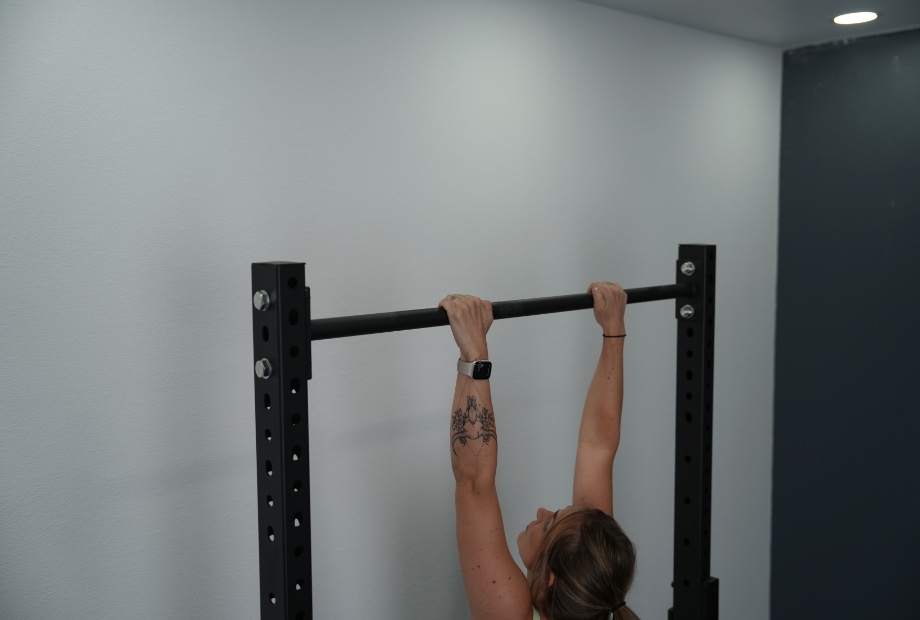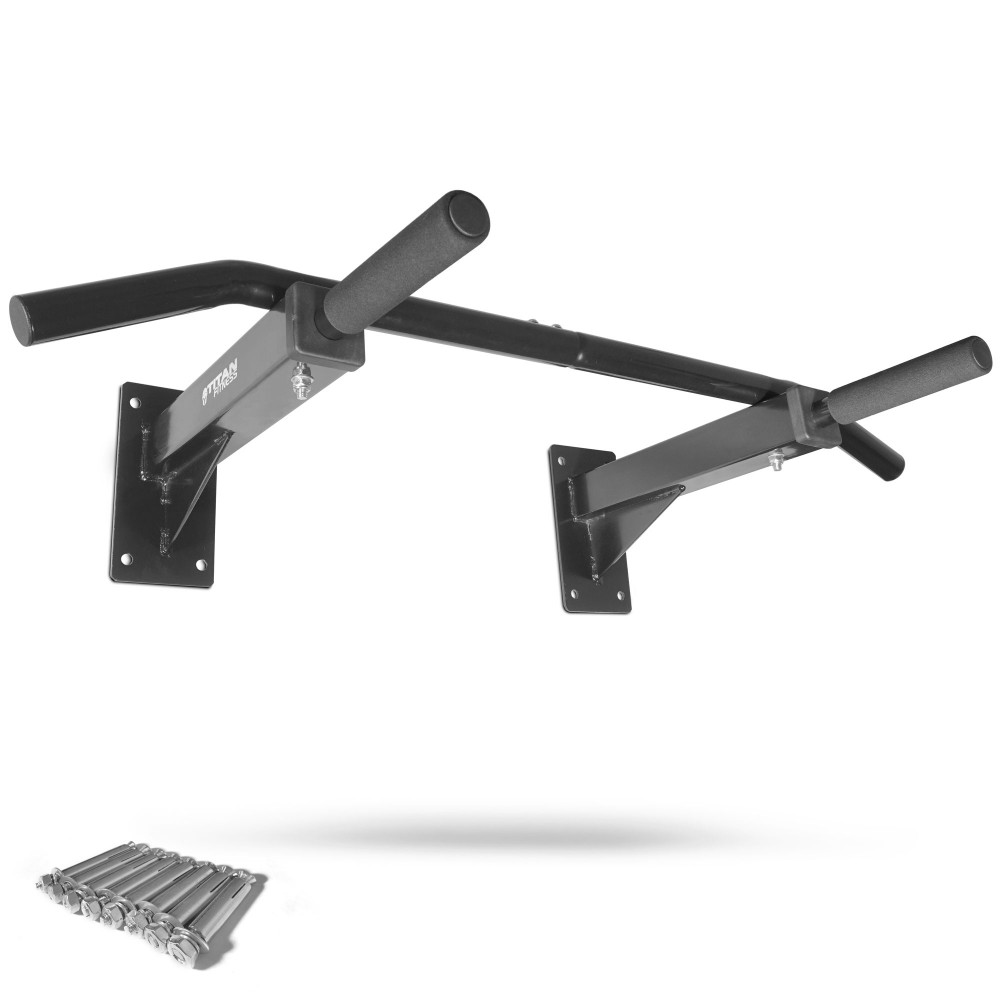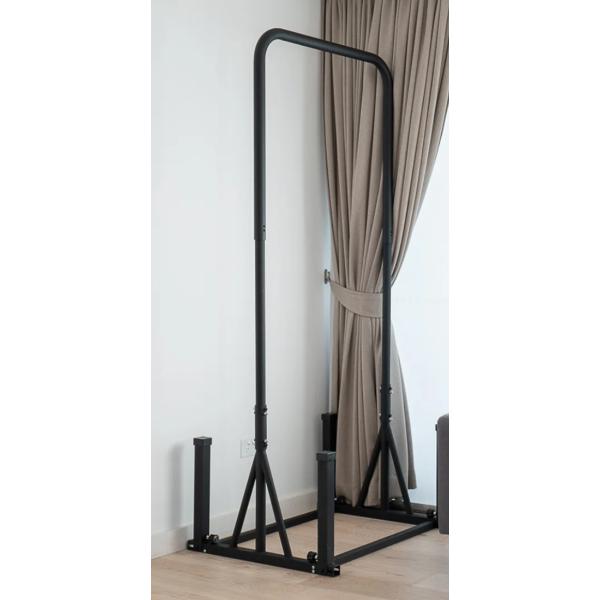The Best Pull-Up Bars of 2025: Your Ultimate Guide to Upper Body Strength
Pull-ups are often touted as one of the best exercises for building upper-body strength and enhancing overall functional fitness. While they are sometimes perceived as an exercise only for the advanced athlete, even beginners can reap their benefits. The right pull-up bar can facilitate a range of pull-up variations, making it accessible to everyone.
In this guide, we’ve sifted through a wealth of options available on the market, personally testing over a dozen pull-up bars. Our team of certified fitness professionals has evaluated them based on an independent, multi-point methodology, rating them on various essential factors. Here’s a look at the best pull-up bars for your home gym, along with the criteria to consider when choosing one.
How We Rated Pull-Up Bars
When evaluating pull-up bars, we considered the following factors:
- Assembly and Mounting: How straightforward is it to install?
- Construction and Durability: How robust and long-lasting is the bar?
- Workout Versatility: What range of exercises can be performed with it?
- Grip: Is the bar comfortable and easy to hold?
Best Overall Pull-Up Bar: REP Fitness Wall-Mounted Multi-Grip Pull-Up Bar
Good for: Individuals seeking advanced calisthenics and diverse pull-up variations.
Consistently ranking high for its versatility and quality, the REP Fitness Wall-Mounted Multi-Grip Pull-Up Bar offers an incredible amount of workout variety for a reasonable price. Features include:
- 700-lb weight capacity
- Multi-grip options for different pull-up styles
- Limited lifetime warranty
- Compatibility with bodyweight suspension systems
This bar’s sturdy construction from 11-gauge steel makes it a reliable choice, capable of supporting a wide range of exercises. It allows for various grip positions and can also be utilized for suspension training, enhancing its functionality beyond just pull-ups.

Best Pull-Up Bar with Squat Rack: Fringe Sport Garage Series Squat Rack with Pull-Up Bar
Good for: Those who want a squat stand combined with a pull-up bar.
This affordable and robust squat rack includes a pull-up bar that adjusts to accommodate different user heights. The Fringe Sport Garage Series is favored for its simplicity and sturdiness. While the pull-up bar’s height is adjustable, some users have reported a slight wobbliness due to its non-bolted design.

Best Doorway Pull-Up Bar: Rogue Fitness Jammer Pull-Up Bar
Good for: Individuals seeking a sturdy option for doorways.
Unlike standard doorway pull-up bars, which simply rest on the doorframe, the Rogue Jammer is designed for installation into wooden studs above a door frame. This unique mounting method significantly enhances its stability and allows for a higher weight capacity of up to 500 lbs.

Best Budget Pull-Up Bar: Titan Fitness 3-Position Wall-Mounted Pull-Up Bar
Good for: Trainees seeking an economical solution without compromising versatility.
For less than $40, this wall-mounted bar offers a variety of grip options—chin-ups, pull-ups, and wide-grip pull-ups—all with padded foam grips for added comfort. However, its weight capacity is somewhat limited at 250 lbs, making it more suited for lighter users.

Best Freestanding Pull-Up Bar: BaseBlocks The Big Bar
Good for: Anyone looking for a versatile option without drilling holes in their walls.
This freestanding pull-up bar is designed for taller users and can be adjusted in height. With a maximum weight capacity of 660 lbs, it’s also versatile enough for other exercises, including muscle-ups and rows. The legs fold for easy storage, making it ideal for small spaces.

Important Considerations When Choosing a Pull-Up Bar
When selecting a pull-up bar, consider the following factors to ensure the best fit for your home gym setup:
- Mount Type: Look for wall-mounted, ceiling-mounted, doorway, or freestanding bars based on your space and specific workout needs.
- Grip Options: Bars with multiple grip positions allow for varied workouts and target different muscle groups effectively.
- Construction and Stability: Prioritize steel construction for durability, especially if you plan to perform kipping or weighted pull-ups.
- Weight Capacity: Always check the weight limit to avoid accidents during workouts.
Why You Should Have a Pull-Up Bar in Your Home Gym
Pull-up bars are an affordable and effective way to enhance your strength training routine. Here are some beneficial reasons to include one in your home gym:
- Upper Body Strength: Pull-ups engage multiple muscle groups, particularly the lats, chest, shoulders, and arms.
- Functional Fitness: Incorporating pull-ups into your workout routine develops essential pulling strength necessary for everyday activities.
- Space Efficiency: A pull-up bar takes minimal space, making it ideal for home gyms, especially in compact environments.
- Accessibility: Installing a pull-up bar is generally a straightforward process, providing limitless opportunities for workouts without the need for complex machinery.
Using Your Pull-Up Bar Safely
Ensure your pull-up bar is installed according to the manufacturer’s guidelines. Follow these steps for safe use:
- Stand Beneath the Bar: Use a platform for assistance if needed.
- Grip the Bar: Hold it slightly wider than shoulder-width apart.
- Pull Yourself Up: Engage your back and shoulders while focusing on form.
- Lower Slowly: Avoid dropping swiftly; maintain control throughout the movement.
Frequently Asked Questions
- What Bar is Best for Pull-Ups? The best bar ultimately depends on your needs. For maximum stability and versatility, wall-mounted bars are highly recommended.
- How Many Pull-Ups Can an Average Person Do? This varies widely; many beginners may struggle with a single rep initially.
- Is a Thick or Thin Pull-Up Bar Better? This is subjective; thicker bars may be more durable but harder to grip for small hands.
Choosing the right pull-up bar can significantly enhance your workout experience, enabling you to strengthen upper body muscles efficiently and conveniently, regardless of your fitness level.